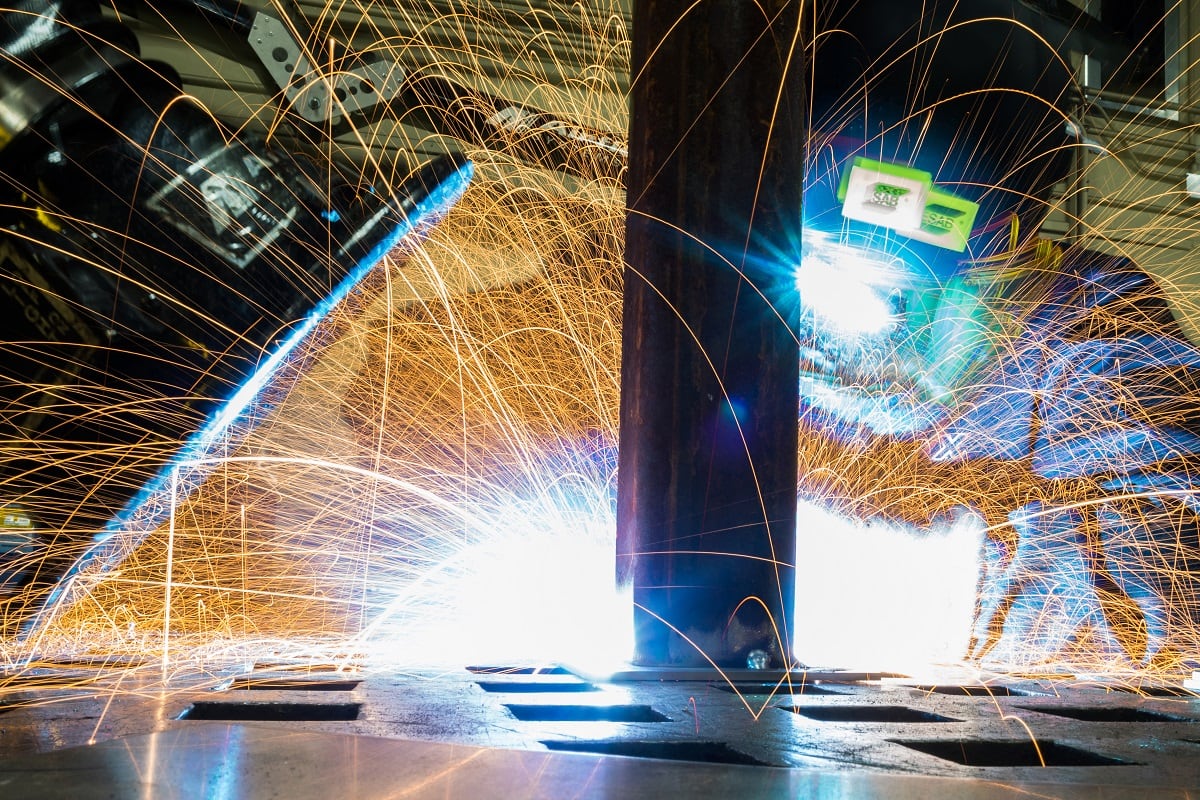Largely the result of European space and defense manufacturer design outs, the “U.S. International Trade in Arms Regulations-free” movement began in the 1990s. Since that time, the ITAR-free movement has diffused into other industry sectors and regions. For example, in 2017, the German Ministry of Defence announced tenders for new assault rifles for the German armed forces. The tender included an ITAR-free exclusion criterion not only for the rifles but for supplies as well. India’s space program is working with vendors on the basis of ITAR-free systems.
The ITAR are a set of government regulations administering the export, re-export and import of defense-related articles, services and technology on the U.S. Munitions List, or USML. ITAR controls are highly stringent, so much so that the Obama administration in 2010 initiated the Export Control Reform Initiative to streamline controls to make them both effective and to increase American competitiveness.
As the U.S. government controls the re-export of USML items, the ITAR are an internationally well-known quantity. In many instances, foreign defense product producers and consumers know the ITAR more intimately than their U.S. counterparts. Transferring or re-exporting U.S. defense items requires U.S. government approval no matter how seemingly trivial the part or mundane the transfer. The practical effect of ITAR requirements makes U.S. defense items very sticky and cumbersome; therefore: the ITAR-free movement.
In terms of other strategic items, the U.S. Department of Commerce licenses the exports of dual-use components in a similar manner, albeit to a much more nuanced degree. The Export Administration Regulations, or EAR, require consumers of U.S.-origin dual-use items to seek licenses for re-exports and transfers of said items depending upon the amount of U.S.-origin technology/components and/or the proposed destination of the transfer. In contrast to ITAR controls, EAR re-export and retransfer controls are simultaneously more complicated, but more flexible.
RELATED

The Trump administration’s on-going technology war with China is now bleeding into the arcane world of the EAR. Recently, the Commerce Department announced its intention to revise two EAR provisions that regulate U.S.-origin technology incorporated into foreign-produced products. Apparently, the effort is born out of frustration with the government’s limited ability to curtail exports (or, more precisely, re-exports) to Huawei. Revising the two provisions — the de minimis and direct product rules — would allegedly further empower the government to limit Chinese and others’ acquisition of EAR-controlled items. However, several major U.S. technology companies have warned about the dire consequences of revising the rules, particularly if they are modified against specific targets.
At a recent meeting of the Department of Commerce’s Regulations and Procedures Technical Advisory Committee, Assistant Secretary of Commerce for Export Administration Rich Ashooh said of changes to the direct product and the de minimis rules: “We are looking at those two and many others,” noting that “the U.S. has entered a new realm when it comes to export controls.” The looking-glass notwithstanding, the tech sector is decidedly spooked.
In a recent letter to Commerce Secretary Wilbur Ross, a consortium of tech industry trade associations cautioned that further tightening of technology controls would “encourage the design-out of U.S. technology by non-U.S. firms, while also imposing massive new compliance burdens for U.S. and non-U.S. companies alike …. and …. could set a dangerous precedent.” The current private sector admonishments are of piece with earlier jeremiads about overly burdensome U.S. product and technology controls. The effects for this current round of tech redlining could very well be the same: EAR-free foreign products.
The other cautionary note concerns market exit. Last month, the RISC-V Foundation, which directs the development of an open-source instruction set architecture for central processing units, announced that it will incorporate in Switzerland from its current corporate address in Delaware. The RISC-V Foundation chief executive, Calista Redmond, observed about the move: “From around the world, we’ve heard that ‘If the incorporation was not in the U.S., we would be a lot more comfortable.’ ”
Similar warnings were also articulated in comments to the Department of Commerce’s advanced notice of proposed rule making regarding emerging and foundational technologies. One commenter conjectured: “If significant controls were to be imposed …. then the employees and foreign companies will usually choose to leave the United States and take their skills to foreign competition.”
In addition to potentially cooling U.S.-based technology exports, Pyrrhic control parameters could also accelerate technology autarky efforts in the target economy (i.e., China). Ironically, the ensuing panicked reaction to Beijing’s announcement of its Made in China 2025 policy has only accelerated Beijing’s efforts to create an autonomous –— or at least non-U.S. based — innovation ecosystem.
In 2018, Chairman Xi Jinping asserted that “self-reliance is the foundation for the Chinese nation to stand firmly in the world, while independent innovation is the only way for us to climb the peak of the world’s science and technology.” Even for countries not in the market for tech self-sufficiency, there is an increased general appetite for a U.S.-free alternative, either homegrown or non-U.S. sourced.
Based on the preliminary responses from U.S. and foreign technology companies, the proposed Commerce rules changes would have immediate and, perhaps, lasting negative effects for U.S. exporters.
Unlike the Cold War, the high degree of technology integration with China results in a paradoxical interdependence, the remedy for which includes, yes, finely tuned adjustments to U.S. investment and export control regulation, but also an informed embrace of a competitive strategy of investment. The ITAR-free moniker is bad enough; do we really need an EAR equivalent?
Scott Jones is a nonresident fellow with the Stimson Center’s Trade, Technology, and Security program.






